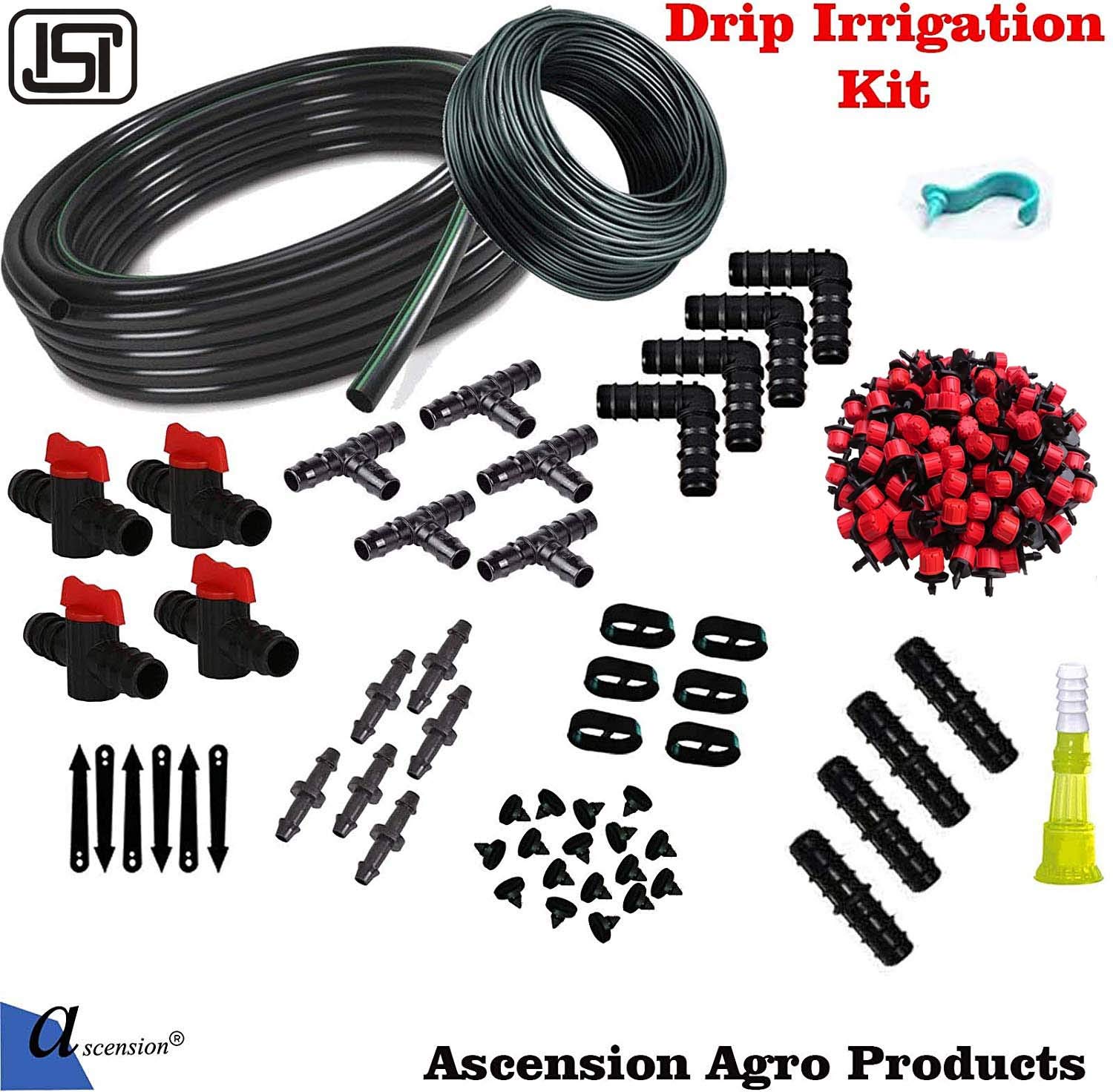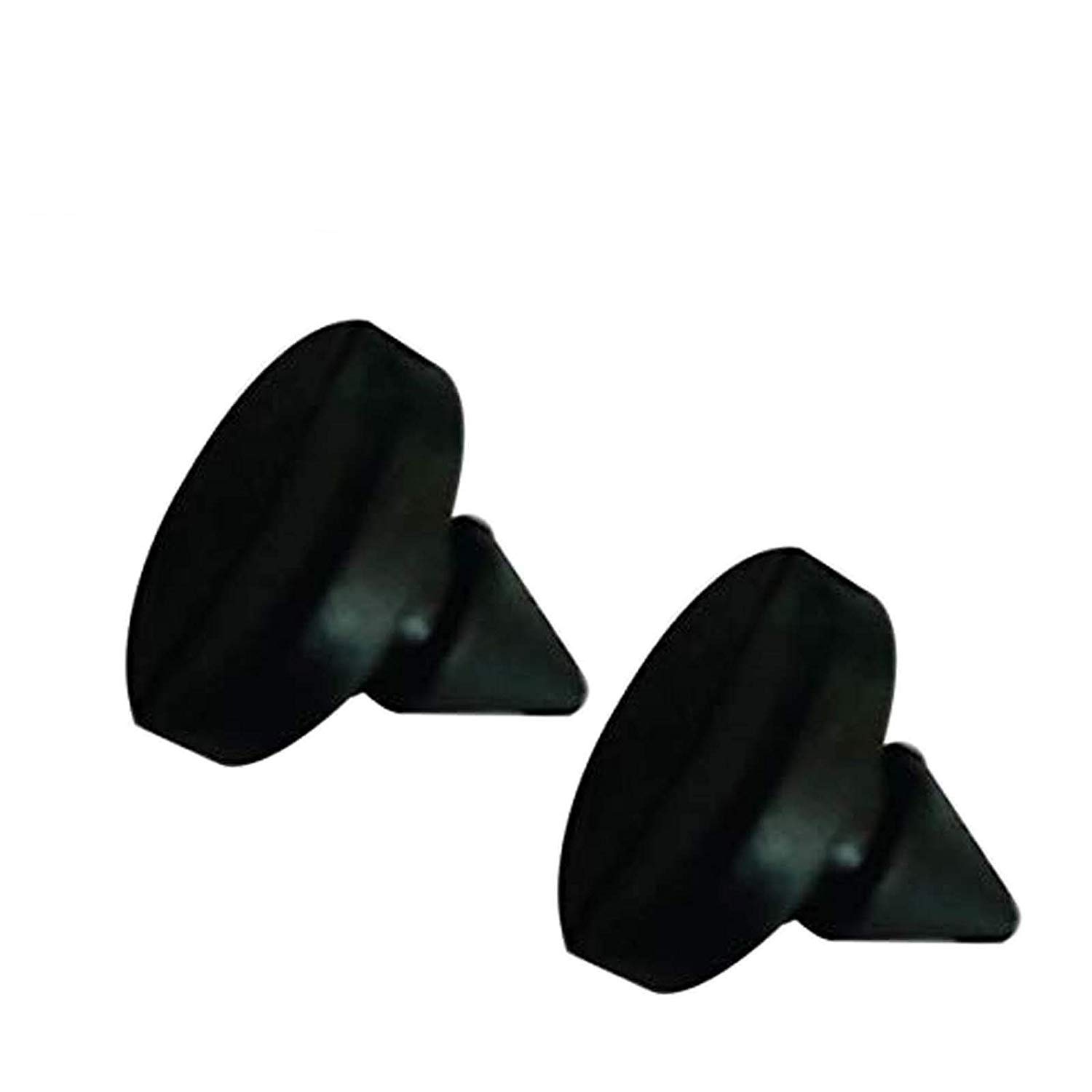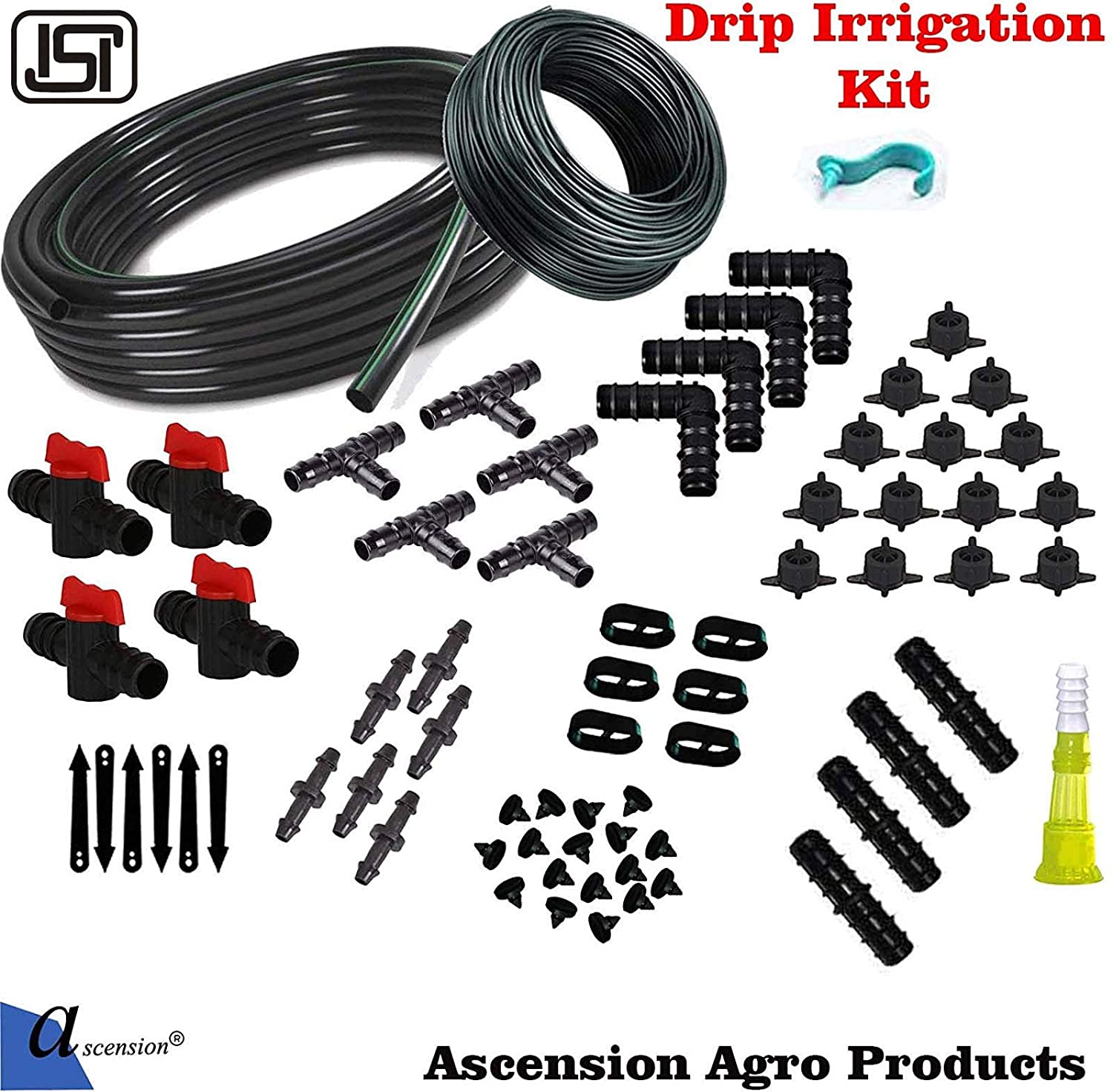Irrigation
Irrigation is the process of artificially applying water to plants or crops in order to ensure their growth and survival. This is typically done in areas where there is insufficient rainfall or where water is scarce, such as arid or semi-arid regions.
There are several methods of irrigation, including surface , sprinkler or drip , and subsurface irrigations. Surface irrigations involves the application of water to the soil surface, either by flooding or furrow irrigations. Sprinkler irrigations involves the use of sprinklers to distribute water over the plant or crop. Drip irrigations involves the slow application of water directly to the root zone of the plant or crop, using small tubes or emitters. Subsurface irrigation involves the application of water beneath the soil surface, typically through buried pipes or tubes.
Irrigations can have many benefits, including increased crop yields,and improved plant health, and reduced risk of crop failure due to drought. However, it can also have negative impacts, such as soil erosion, waterlogging, and the depletion of water resources. Therefore, it is important to manage irrigation systems carefully and efficiently, taking into account factors such as soil types, crop type, climate, and water availability.
Discover the different types and techniques of irrigations, including surface, sprinkler, drip, and subsurface irrigation. Learn about the benefits and potential drawbacks of irrigation for crop yield and plant health. Find tips for managing irrigation systems efficiently and sustainably to ensure optimal results.
“Irrigations : Types, Benefits, and Techniques for Efficient Watering | Improve Crop Yield and Plant Health”
Showing 1–16 of 47 results
-
Sale!

Agro Drip Irrigation Garden Waterin...
₹ 1,309.00 Add to cart -
Sale!

Agro Drip Irrigation Garden Waterin...
₹ 1,559.00 Add to cart -
Sale!

Agro Drip Irrigation Garden Waterin...
₹ 1,759.00 Add to cart -
Sale!

Agro Drip Irrigation Garden Waterin...
₹ 909.00 Add to cart -
Sale!

Agro Drip Irrigation Garden Waterin...
₹ 1,109.00 Add to cart -
Sale!

Ascension Agro Drip Irrigation Acce...
₹ 172.00 Add to cart -
Sale!

Ascension Agro Drip Irrigation Gard...
₹ 809.00 Add to cart -
Sale!

Ascension Agro Drip Irrigation Gard...
₹ 249.00 Add to cart -
Sale!

Ascension Agro Drip Irrigation Gard...
₹ 182.00 Add to cart -
Sale!

Ascension Agro Drip Irrigation Gard...
₹ 267.00 Add to cart -
Sale!

Ascension Agro Drip Irrigation Gard...
₹ 199.00 Add to cart -
Sale!

Ascension Agro Drip Irrigation Gard...
₹ 242.00 Add to cart -
Sale!

Ascension Agro Drip Irrigation Gard...
₹ 295.00 Add to cart -
Sale!

Ascension Agro Drip Irrigation Gard...
₹ 1,169.00 Add to cart -
Sale!

Ascension Agro Drip Irrigation Gard...
₹ 385.00 Add to cart -
Sale!

Ascension Agro Drip Irrigation Gard...
₹ 1,449.00 Add to cart
